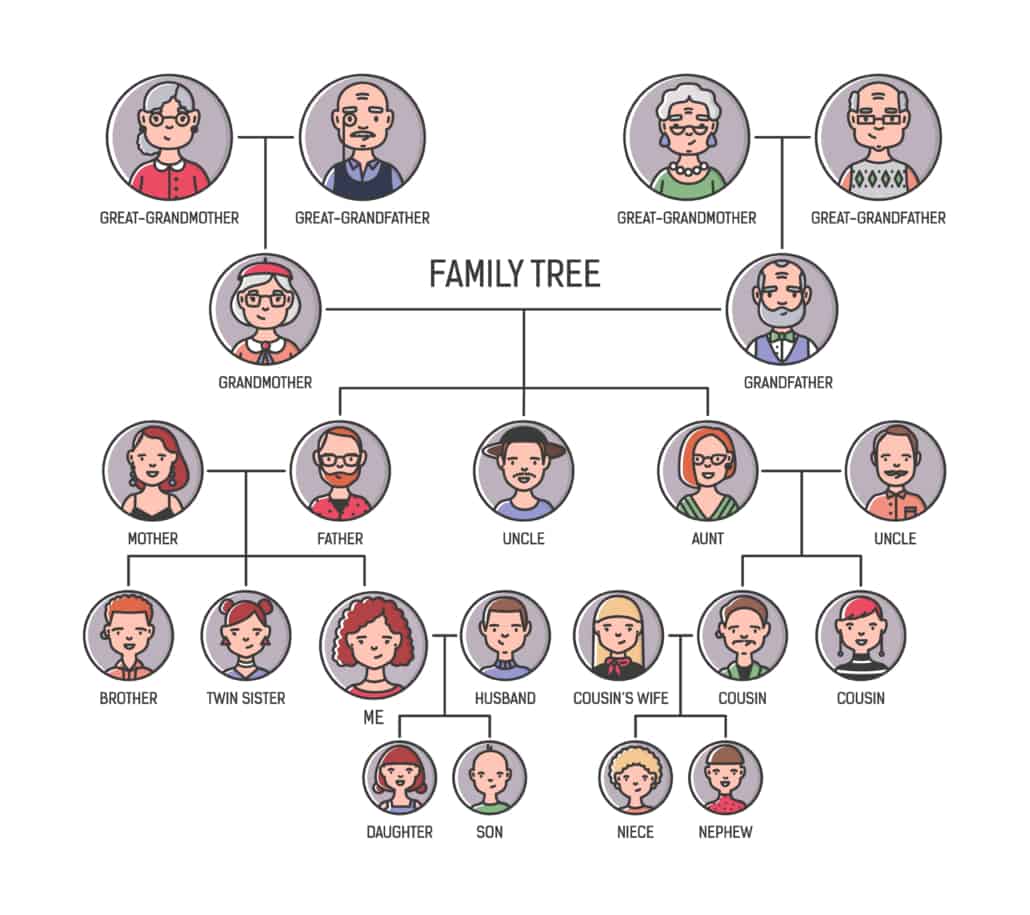Five Key Considerations
Once a family has accumulated a good deal of financial wealth, at some point, it becomes wise for them to shift their focus from making their proverbial pie bigger, to figuring out how to preserve the pie and transition it to future generations.
This is typically a bigger challenge than expected, and despite having access to high-caliber experts to assist them, families often stumble here.
Many speak of family legacy (including me), but this week I’m pivoting to a related concept, to answer another question, i.e. “How do you build a family dynasty?”
Here are five important things to consider when thinking about this complex subject.
1. Families Grow Exponentially
As soon you mention the word “dynasty”, my mind quickly goes into “multi-generation” mode as a basic assumption.
We’re usually talking about wealth creation that began with one generation and then continued through at least one or two more generations.
Something that creeps up on families trying to stay on top of this is simple math.
As you add each generation of offspring, you’re adding people (or households, sometimes a simpler way to count) at an exponential or geometric rate.
If you take an example of three children per family, you go from one household to four, as the three leave the nest, and then if each of the three have three offspring, that’s already nine more.
I’ll stop the math there, but once you add that next generation, it quickly skyrockets.
2. Will the financial wealth grow at the same pace?
That takes some work, and usually lots of luck too!
- What Got You Rich Won’t Keep You Rich
Wealth is often created via an entrepreneurial venture that becomes a family business, or more recently by success in entertainment or sports, or having shares in a unicorn business that goes public.
Those occurrences do not typically happen or repeat often, and so the odds of them showing up in the same family again within another generation or two are low.
My point is, the skills that got you rich are not the same ones that will keep you rich.
That realization doesn’t always come quickly to the one who caught lightning in a bottle and then believes they have some special power and invincibility.
3. It’s More About People Than Money
I know that almost everyone thinks it’s mostly about the money, but that isn’t typically where things go sour.
Having lots of money and then staying rich isn’t that difficult if you’re only trying to satisfy one person, or one household.
When you consider a family that’s growing exponentially (see #1, above), making sure there isn’t a revolution, as they work to stay wealthy and become a dynasty family, you begin to realize it’s the people that you need to pay attention to, even more so than the dollars.
4. Family Governance Is Key
Long time readers of my work won’t be surprised that this post is now pivoting towards a pontification about family governance, because that’s a hobby horse I ride quite regularly.
Every dynasty family will continually need to work on answering three main questions:
- How are we going to make decisions together?
- How are we going to communicate effectively?
- How are we going to solve problems together?
When people hear the term governance, in relation to family issues, they typically make an unpleasant face, and I get that.
That’s when I share those three questions as my definition, which is easier for most to grasp.
5. The Work Is Never Done
Family governance itself has a few key characteristics that make it special.
- It’s less about formal agreements, structures, and mechanisms
- It’s more about informal agreements and ways of being together
- You cannot simply buy it off the shelf from an expert
- You need to co-create it as a family
- It needs to evolve as the family and its needs evolve
For those reasons, plus the fact that each of the growing numbers of people also continues to evolve, this is never a “one and done” or “set it and forget it” situation.
Yes, there are some family dynasties around, but not that many.
If you look at them closely, you’ll probably see that they fully understand the points I’ve shared here.
Can it be done? Yes.
Will it be easy? No.
Is this for your family?




